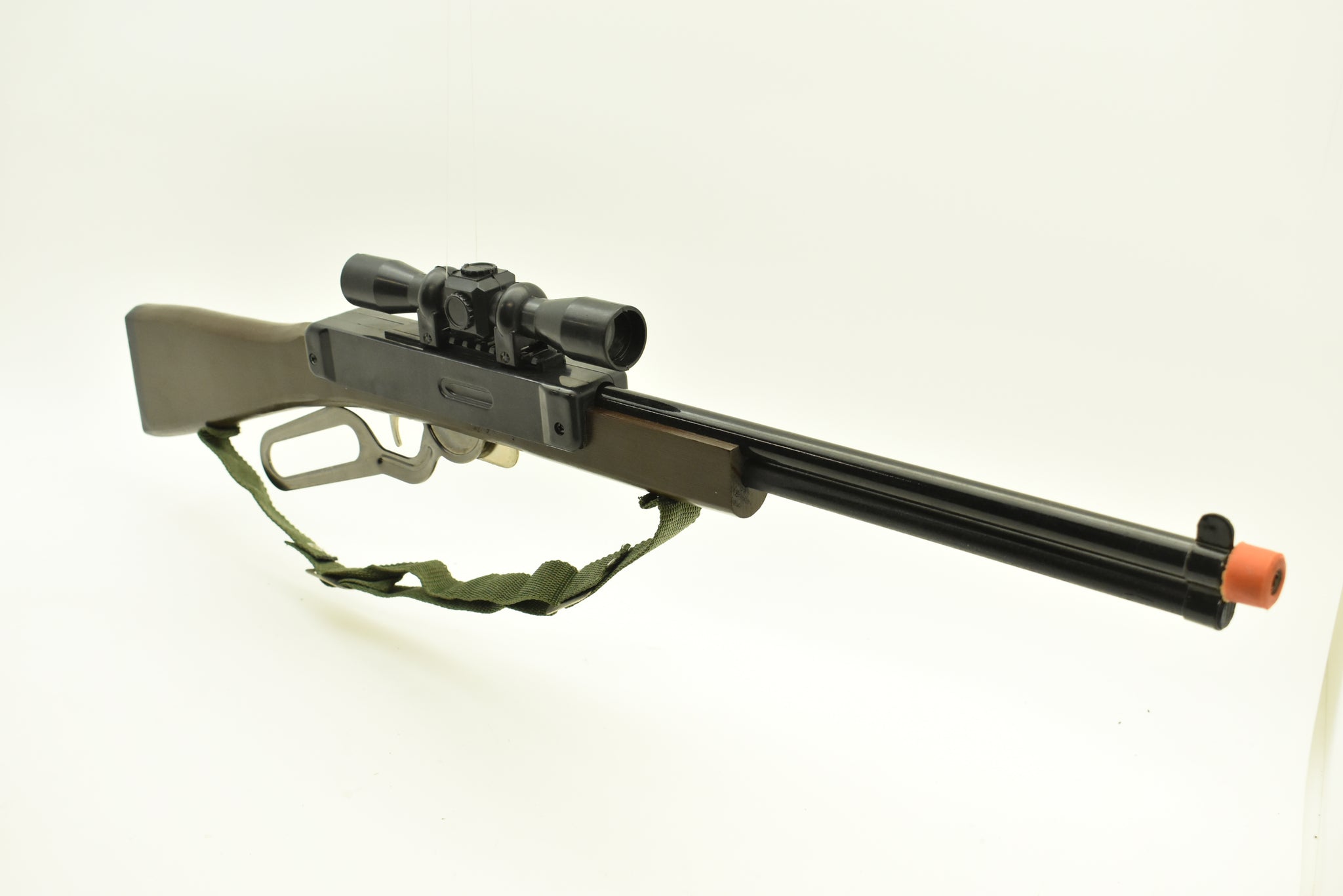
The Spencer was a very efficient and mechanically reliable, one of the most outstanding shoulder arms in service during the war. About 106,000 saw service, of which around 12,000 were rifles, and 94,000 were carbines that were mainly used for cavalry. It worked perfectly without a jam or misfire. The tests ran before it was issued were staggering – submerging it in saltwater for over 24 hours and then burying it in sand is one example. One other distinct advantage, its low recoil or kick, made it easier to fire. The effective range on the rifle was supposedly 2,000 yards, but battle range was 300-500 yards.

56 caliber bullet with a rimfire brass cartridge with not too long of a range however, most battles were fought at under 400 yards and for this the rifle was ideal. The other objection, the weight, faded fast after the first use in battle proved its superior firepower. Objections were made over the time it took to reload the magazine, but this problem was resolved by the use of quick-loading cartridge boxes holding ten tubes, or 70 rounds. Its spring-fed tubular magazine held seven rounds these could fire as fast as the user could work the lever and thumb back the hammer.

The Spencer was the most widely used and sought after breechloader of the war. The most famous repeater of the war was the Spencer. Most rifles used in the day were single shot muzzleloaders.Ĭonfederates who came up against Union outfits using repeaters often called it, "…that damned Yankee rifle they load up on Sunday and fire all week!" The greatest advance in weaponry of the time was the "repeater" – a gun that could be fired many times in succession before the magazine had to be replaced or replenished.


 0 kommentar(er)
0 kommentar(er)
